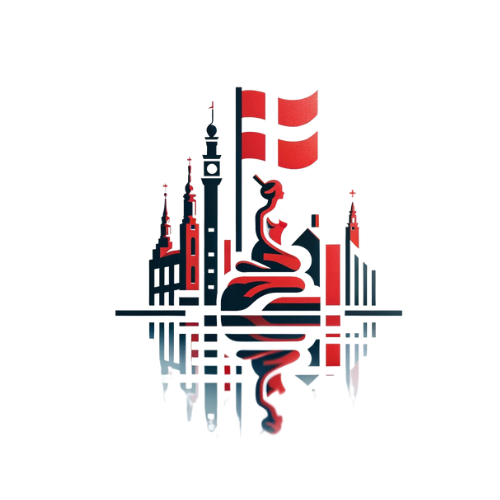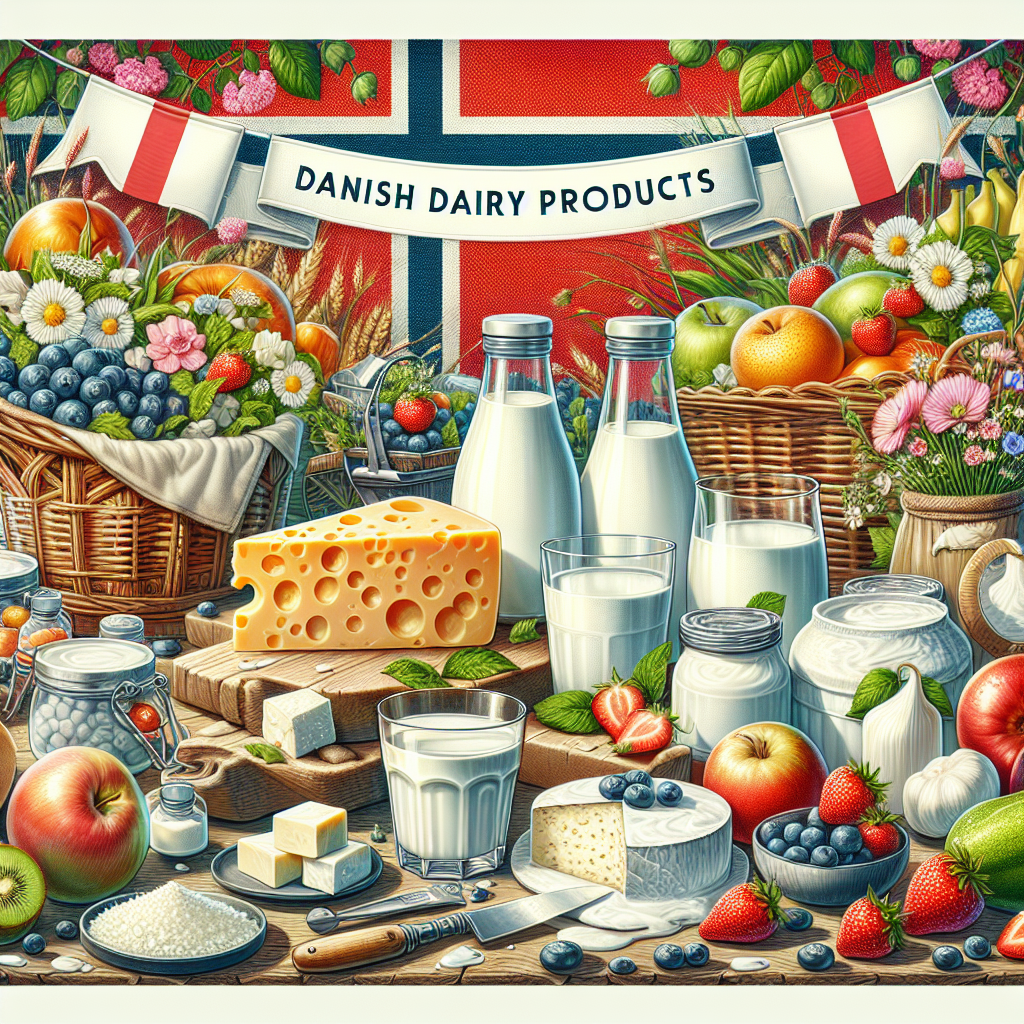Growing up in Denmark, I have always been surrounded by the rich tradition of dairy products that are deeply ingrained in our culture. From creamy Havarti cheese to tangy organic yogurt, dairy has played a significant role in our culinary heritage for centuries. In this article, I will take you on a journey through the history and significance of Danish dairy products, as well as their contemporary relevance in our modern society.
A Historical Perspective
The tradition of dairy farming in Denmark dates back to the Viking Age, where cattle were kept for their milk, which was primarily consumed in the form of cheese and butter. Over time, the production of dairy products became more refined, and Denmark became renowned for its high-quality cheese and butter.
During the 19th and 20th centuries, dairy farming underwent a significant transformation in Denmark. The cooperative movement led to the establishment of dairy cooperatives, which enabled farmers to collectively process and market their milk. This laid the foundation for the development of the famous Danish dairy industry, which continues to thrive to this day.
Key Milestones in Danish Dairy Industry
- 1882: The first cooperative dairy is established in Denmark
- 1895: The Danish Dairy Board is established to improve quality standards
- 1927: The Danish Blue Cheese is invented by a Danish cheesemaker
- 1970s: Denmark becomes a major exporter of dairy products
The Significance of Dairy in Danish Culture
Dairy products hold a special place in Danish cuisine and cultural traditions. From the iconic rye bread open-faced sandwiches, known as smørrebrød, topped with creamy cheese and savory pickles, to the beloved Danish pastry filled with custard or marzipan, dairy is an integral part of our culinary heritage.
Moreover, dairy farming has shaped the landscape of Denmark, with picturesque green pastures dotted with contented cows. The pastoral idyll of Danish dairy farms has become a source of inspiration for artists and poets, further highlighting the cultural significance of dairy in Denmark.
The Danish Breakfast Tradition
One of the most beloved Danish traditions is the leisurely breakfast, or morgenmad, which often features an array of dairy products. From rich and creamy yogurt topped with homemade muesli to a selection of artisanal cheeses, the Danish breakfast is a celebration of the country’s dairy heritage.
The Contemporary Relevance of Danish Dairy Products
Today, Danish dairy products continue to be celebrated both domestically and internationally for their exceptional quality and taste. The emphasis on sustainable and organic farming practices has further enhanced the reputation of Danish dairy, with consumers seeking out products that are ethically produced and environmentally friendly.
The global demand for Danish dairy products has led to the establishment of several well-known dairy brands, such as Arla and Lurpak, which have become synonymous with premium quality dairy products. These brands have successfully introduced traditional Danish dairy products to a global audience, further solidifying the country’s reputation as a leading producer of dairy goods.
Innovation in Danish Dairy Industry
Furthermore, the Danish dairy industry has embraced innovation, introducing new products such as skyr, a creamy and tangy yogurt-like dairy product that has gained popularity around the world. Danish dairy producers are also at the forefront of developing plant-based alternatives, catering to the growing demand for dairy-free options.
The Future of Danish Dairy
As the Danish dairy industry continues to evolve, it is clear that its rich tradition and cultural significance will endure. With a strong emphasis on quality, sustainability, and innovation, Danish dairy products are poised to remain a cherished part of our culinary heritage for generations to come.
In conclusion, the culture of Danish dairy products is deeply rooted in our history, traditions, and landscape. From the humble beginnings of Viking-era cheese-making to the innovative dairy products of today, Danish dairy holds a special place in our hearts and on our tables.





